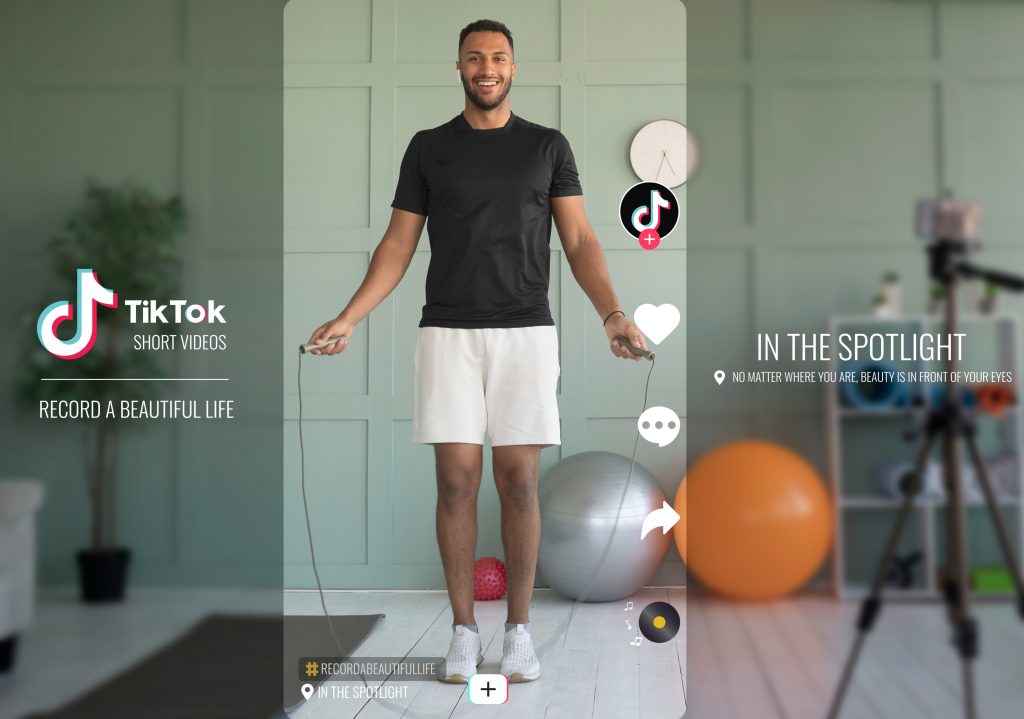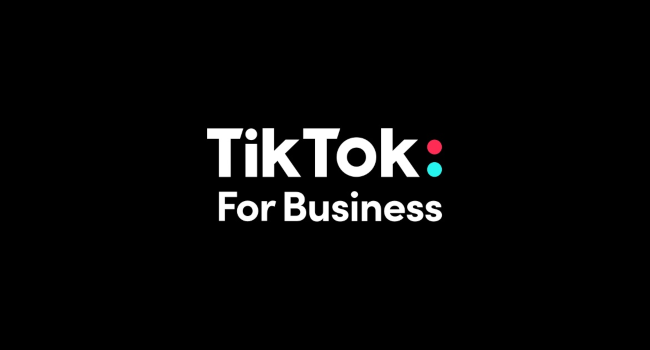Put simply, smart content creation is data-driven. The good news is there is a plethora of data available to marketers to inform smarter content creation. However, most marketers have been doing themselves a disservice with data.
One of the primary reasons marketers struggle to embrace data-driven content marketing stems from a reliance on a backward-looking, ROI focused approach to measuring value that is quickly becoming outdated.
Marketers want to be data-driven content creators, but most feel poorly equipped to execute on this goal. According to CMI data, “measuring content effectiveness” was the primary 2015 initiative noted by B2B content marketers. But across a multitude of surveys of B2B and B2C marketers, difficulty proving ROI is repeatedly named a chief concern. According to further CMI research, fewer than 1 in 4 marketers say they are successful at tracking ROI (21%). B2C marketers are only marginally better, with 23% saying they are successful at tracking ROI.
The ROI of content has remained the elusive white whale for marketers. With a “rear-view mirror” approach to marketing results, it is difficult to pinpoint which efforts lead to the desired returns. Which action or content asset proved the effective harpoon? The last one, or other actions throughout the journey?
Long learning cycles between content creation and analysis invite a slew of confounding factors that make revenue attribution difficult. For example, a typical approach to assess ROI is the quarterly report. Throughout a quarter, messaging is planned and pushed out across numerous digital channels. At the end of the quarter, analysis is then conducted to assess how effectively this dissemination of content drove results across a variety of measures. Revenues and content output may have gone up or down over this period, but did one cause the other?
With a rear-view mirror approach to ROI, marketers have no insight into what’s working or what isn’t. Consumers are engaging with marketing content in real time, but marketers have no real-time insight into what’s causing great success — or great failure.
Pausing only periodically to analyze what’s working or trending creates a blind spot for marketers. Within this blind spot, marketers have no immediate insight into what is actually working. Given a blind spot opportunity, a nimble competitor can get into market with weeks or months to build awareness and gain share of voice. Competitors can seize on this blind spot and quickly gain momentum, a fact which will be unsettlingly apparent — but irreversible — come time for the quarterly report.
Smart Content Creation Requires A Real-Time View Of ROI
Long learning cycles with re-syndicated content blasted to countless digital channels, combined with the lag in measuring content effectiveness, is a recipe for producing more ineffective content. Rather than looking backwards, the trick is to see which content and messaging resonates with audiences as it’s distributed. Leading metrics that measure initial customer engagement with content provide this opportunity.
Leading metrics provide marketers with early indicators of content effectiveness. Leading metrics are audience engagement data points that marketers can real time, optimize in real time, such as blog page views and social shares. Leveraging leading metrics involves looking at engagement as you go — not waiting weeks or months to assess ROI.
The power in measuring real-time audience engagement with content marketing lies in its actionability. Measuring and optimizing leading engagement metrics lets marketers spot the messaging that is working, and quickly course correct on the content that isn’t.
In short, creating impactful content in the longterm requires creating content that resonate in real time. Leading engagement metrics provide marketers with this insight. By optimizing leading metrics daily, marketers can avoid the potential for blind sports inherent in a rear-view mirror approach to measuring content ROI.
An Iterative Approach To Better Content Marketing
In the evolving digital landscape, content marketing is the norm, not the exception. The proliferation of marketing platforms and technologies continues to catalyze the distribution of content.
But marketers are distributing more content on more channels, while simultaneously complaining about how hard it is to cut through the noise.
These marketers have been fighting the wrong battle. Compounded with a backward looking approach to measuring effectiveness, the “more is better” approach to content marketing is destined to fail.
We’ve reached a tipping point where there is a greater burden on digital marketers to create better content. Smart content can overcome bad distribution, but smart distribution cannot save bad content.
For marketers, the real challenge — and real opportunity — lies in the initial content creation phase. Improved analytics empower marketers to course-correct their content strategy in real time for maximum long-term impact Marketers that fail to adopt a “measure first” approach may soon find themselves left behind or facing the worst-case scenario of ballooning content marketing spend with diminishing returns.
Adopted from TrackMaven’s The Content Marketing Paradox: Is More Content Really Better?



